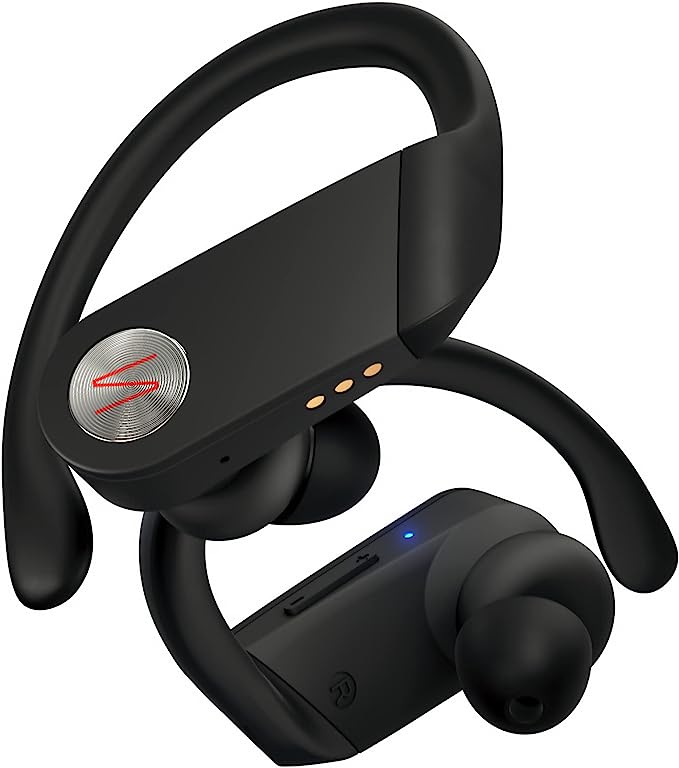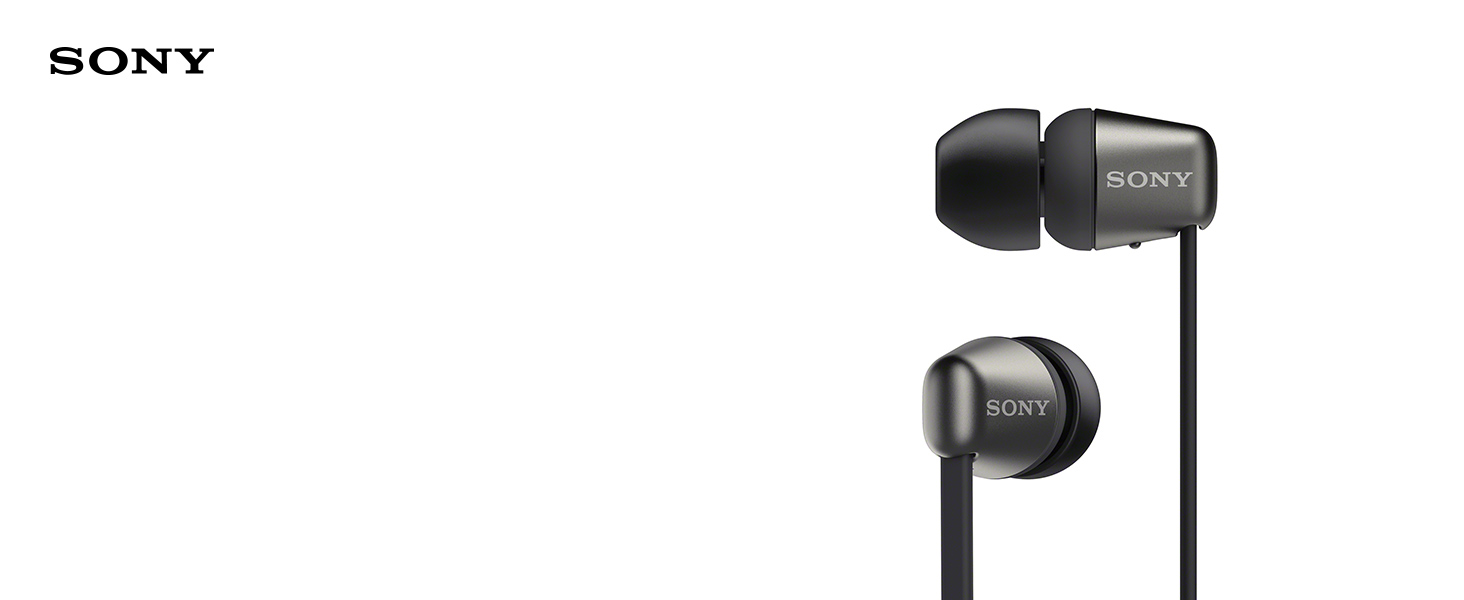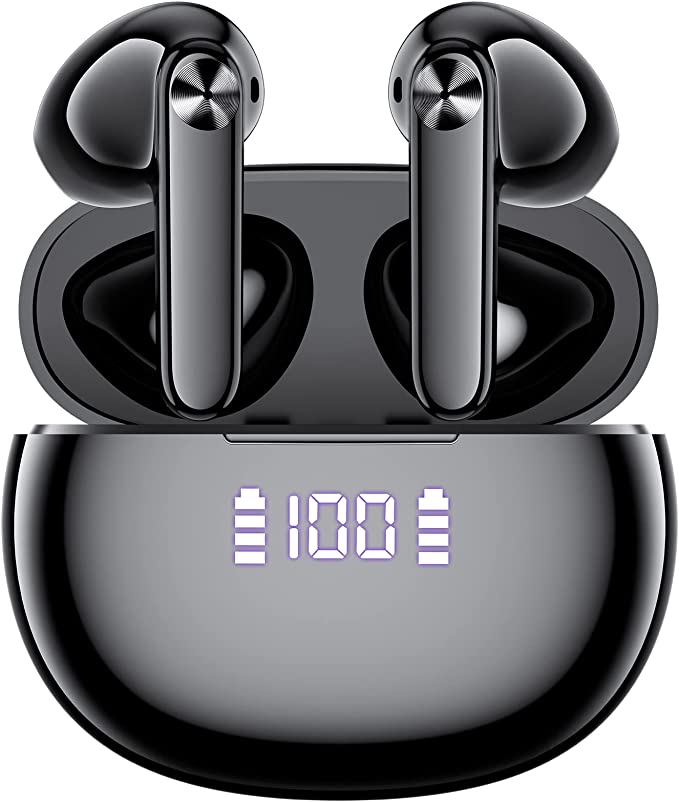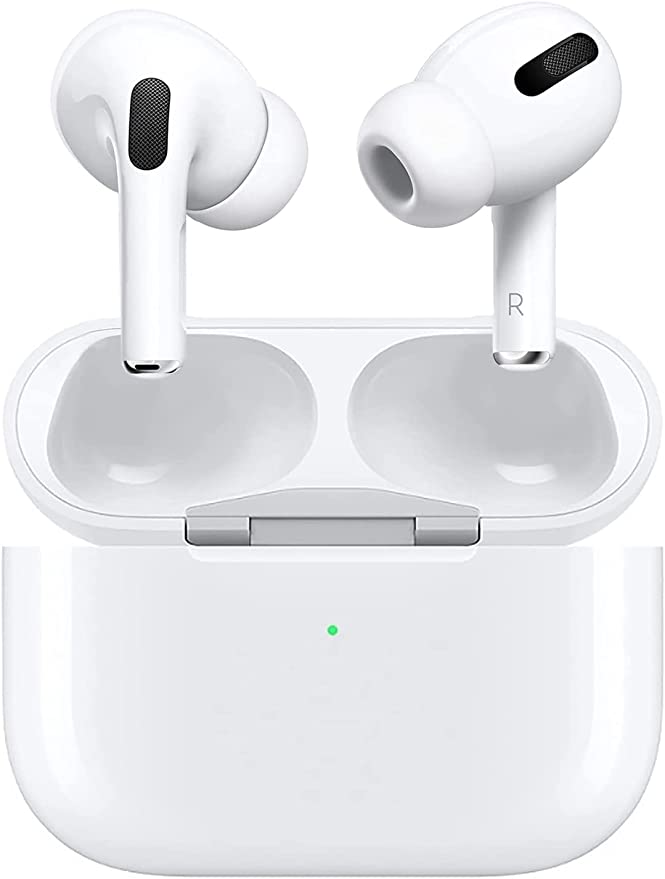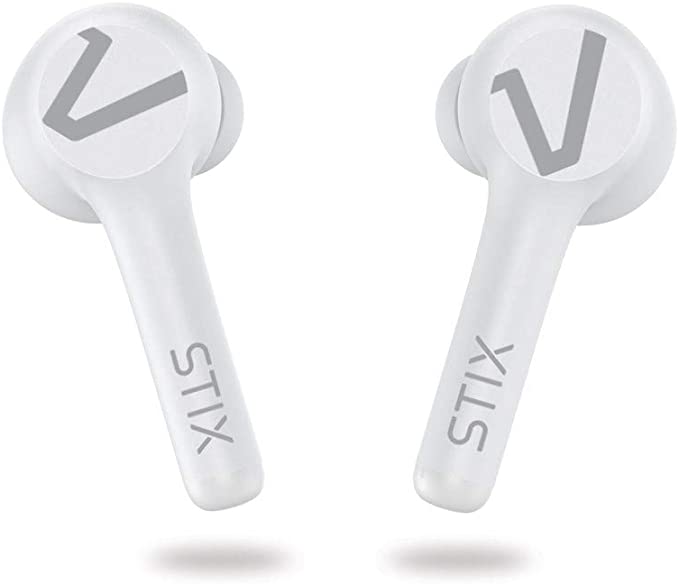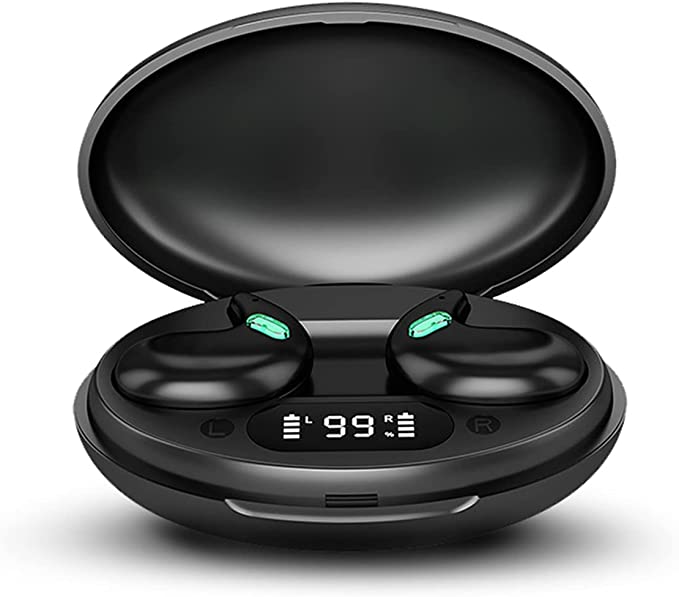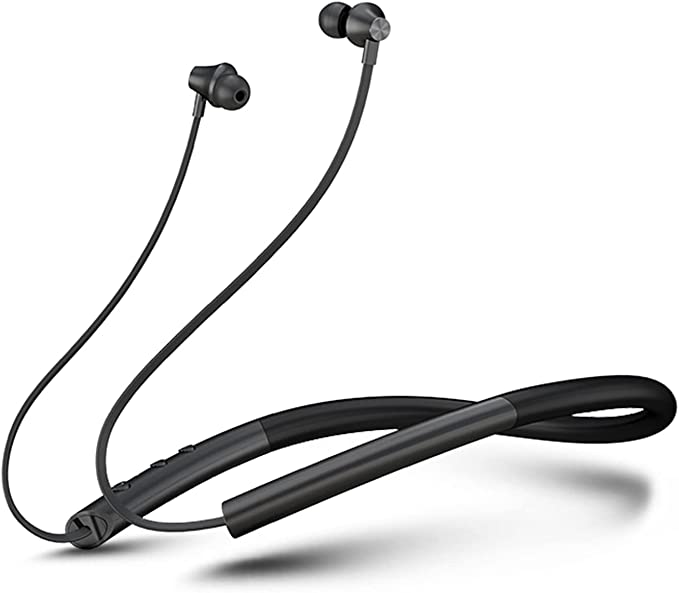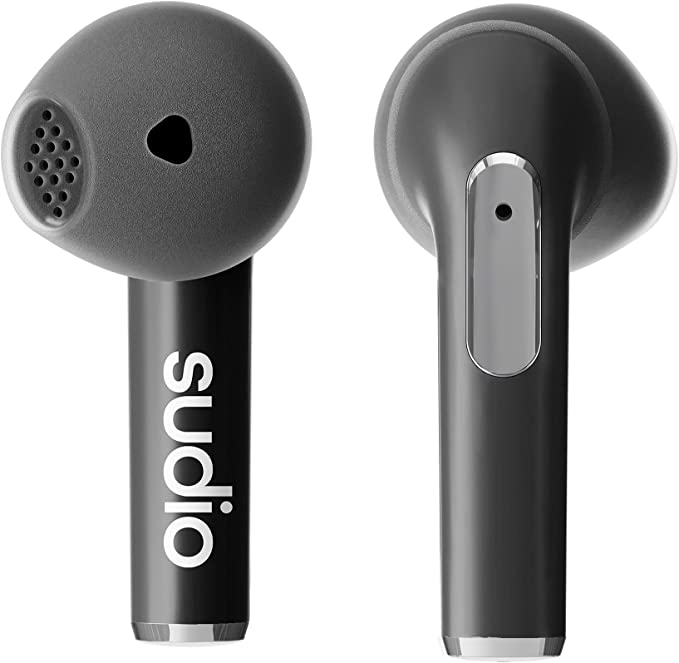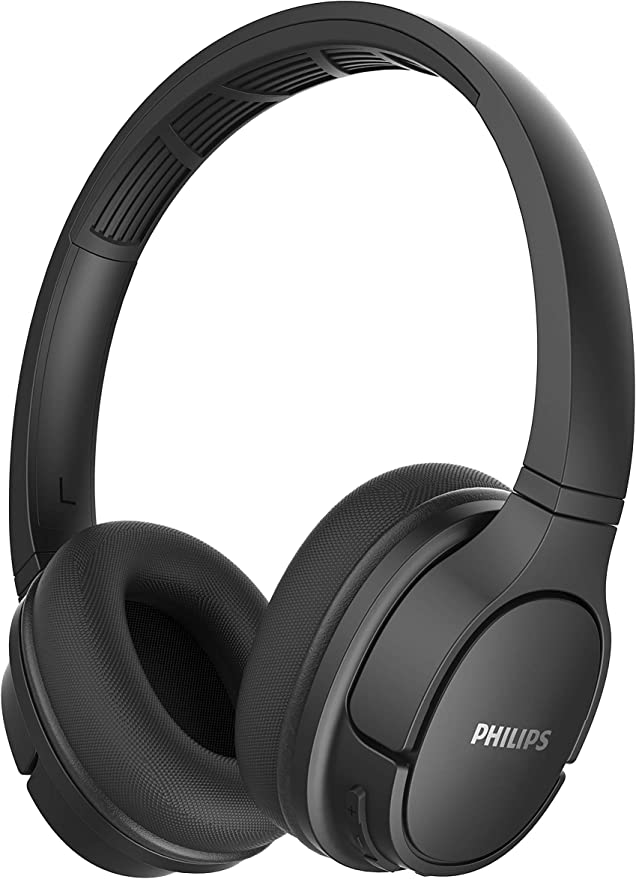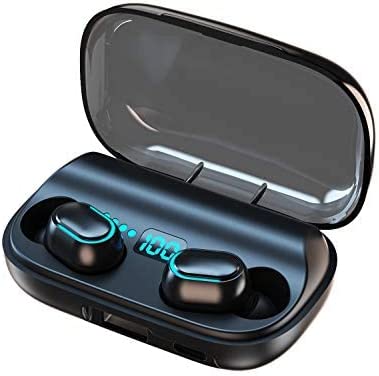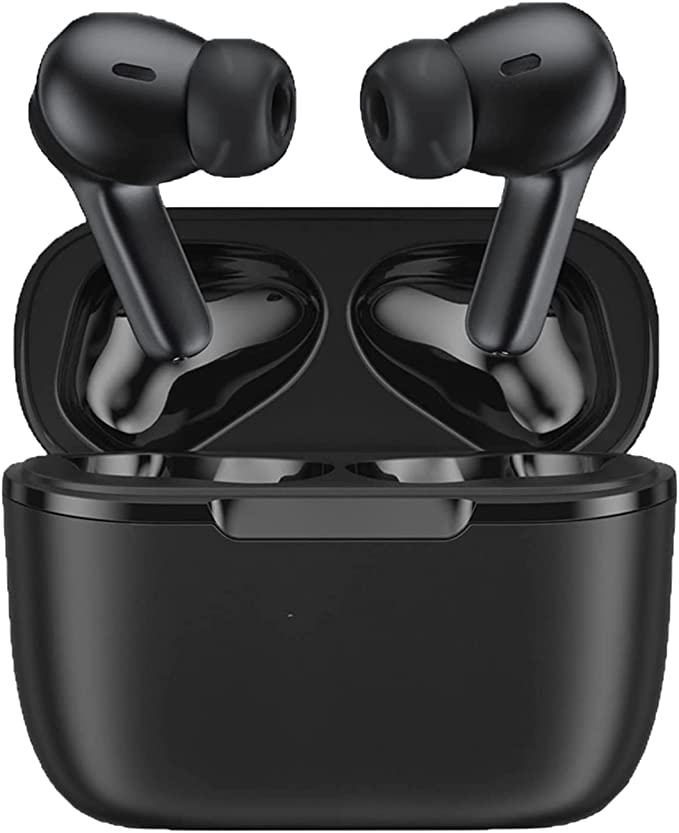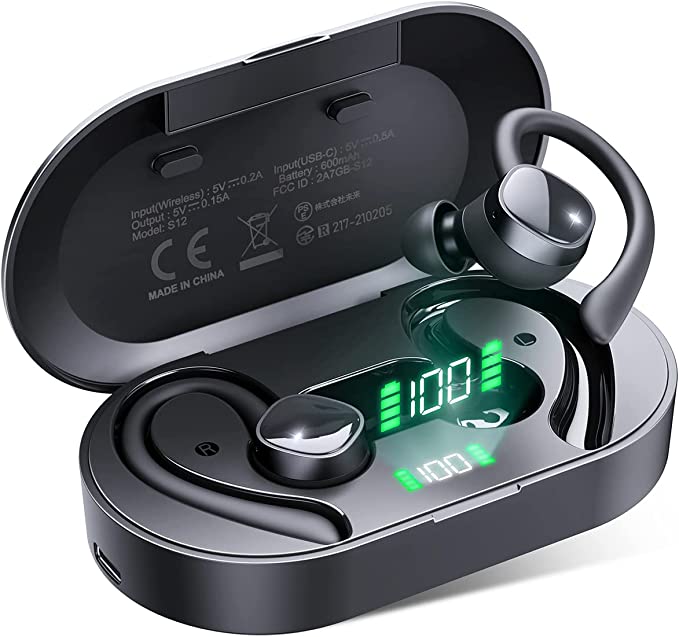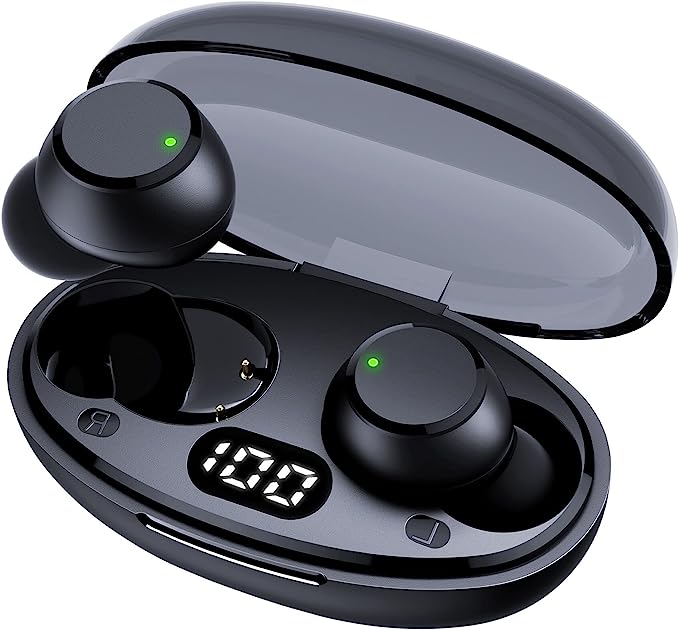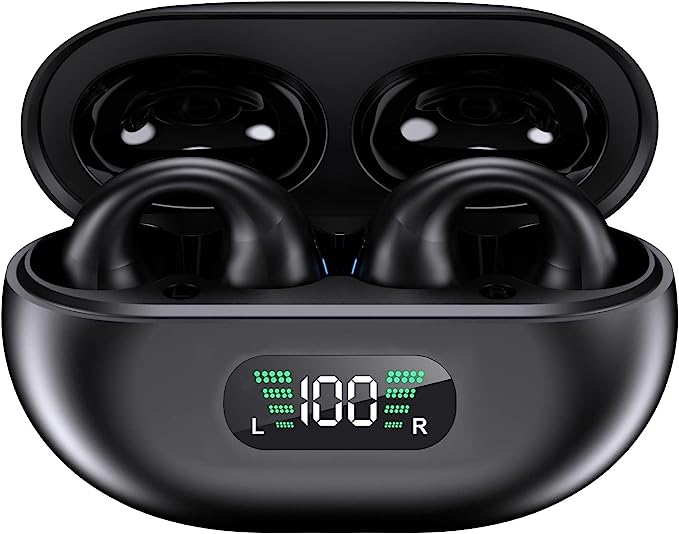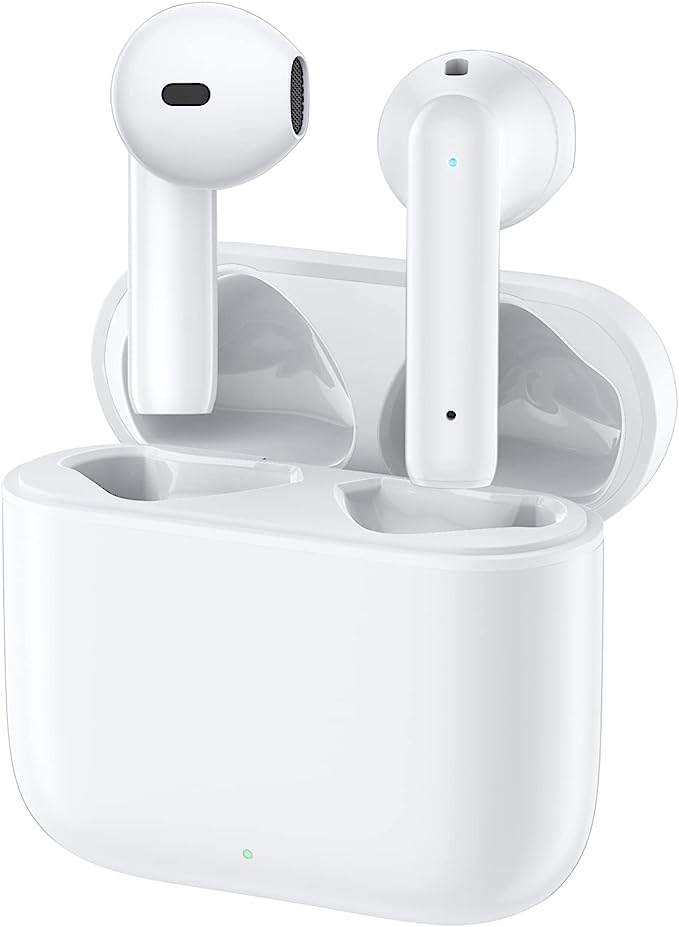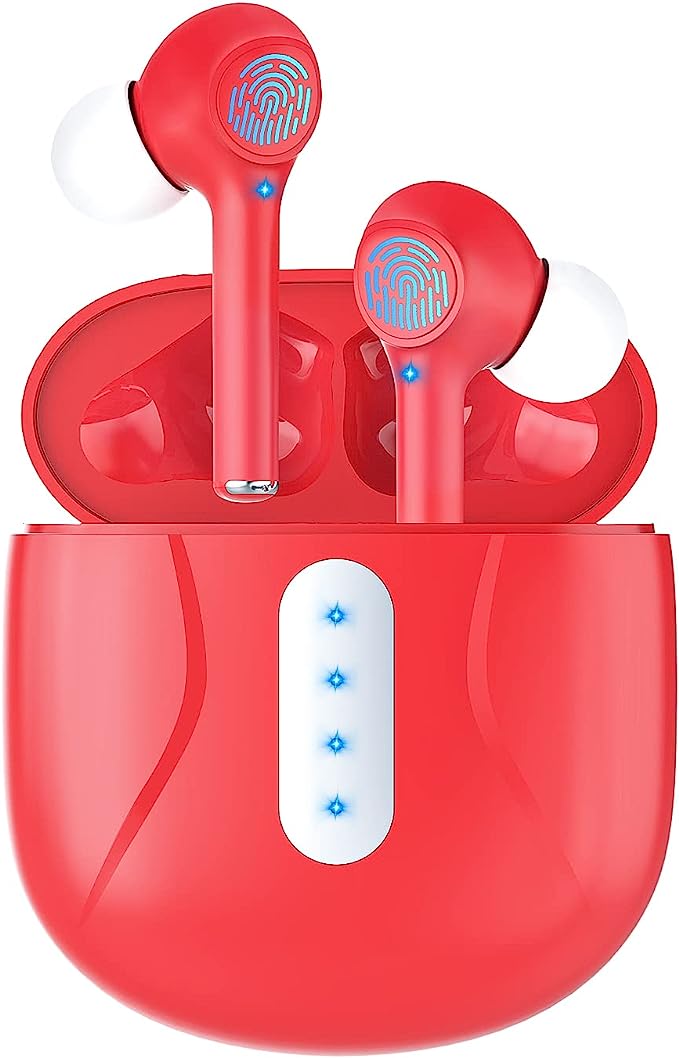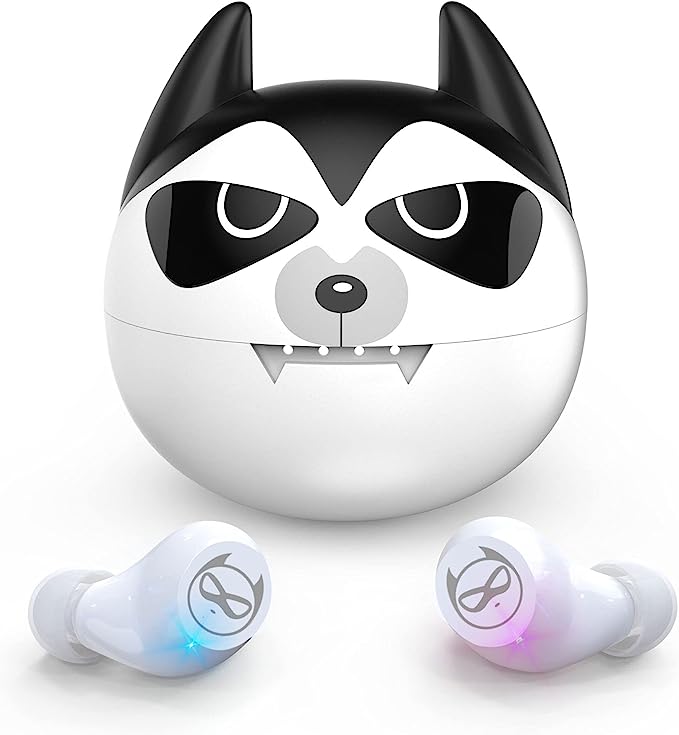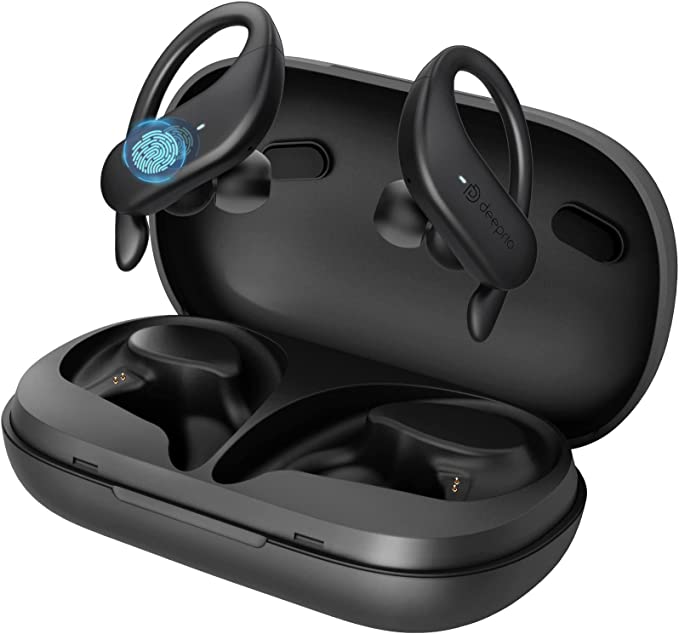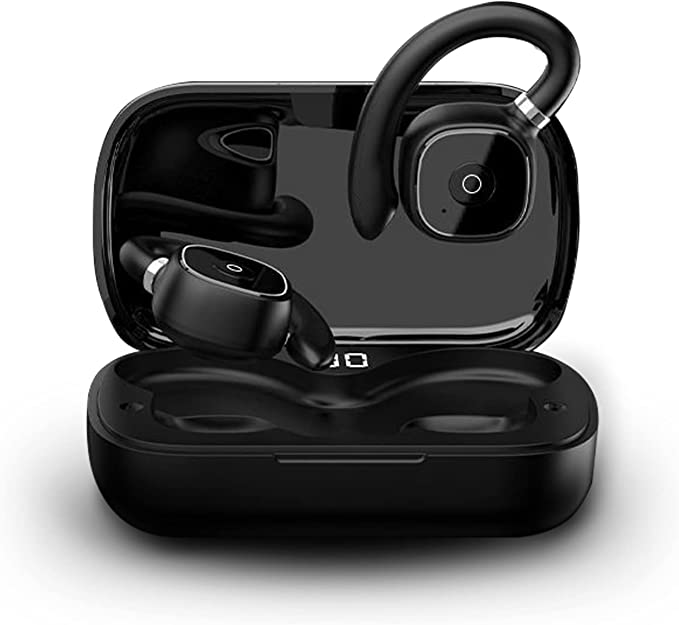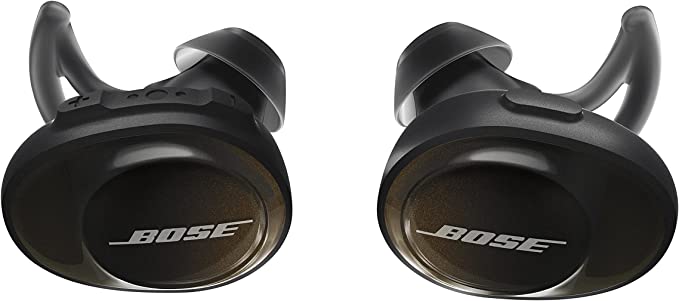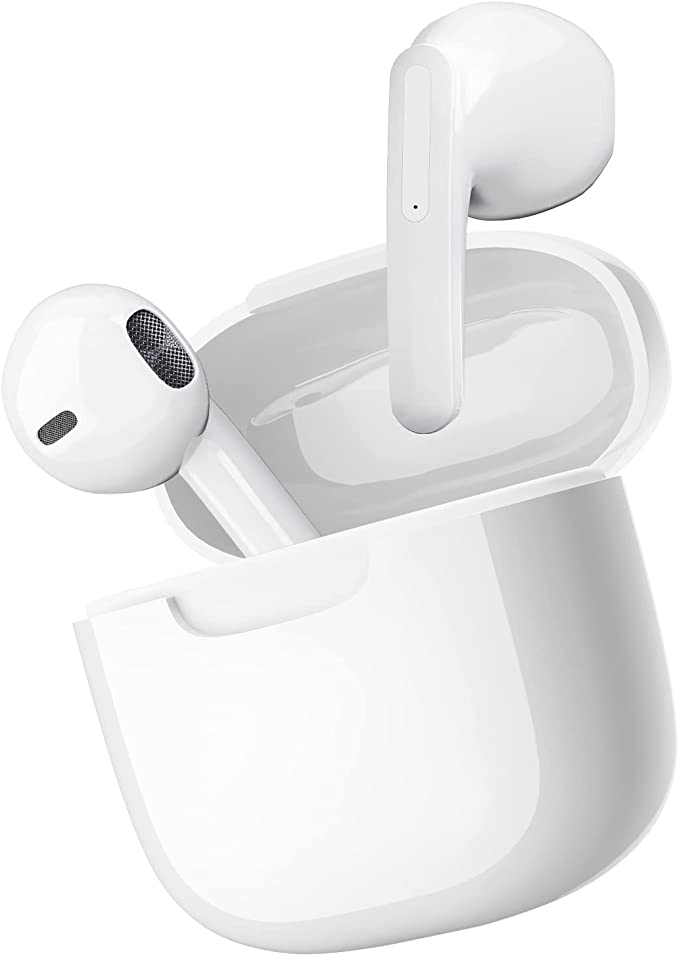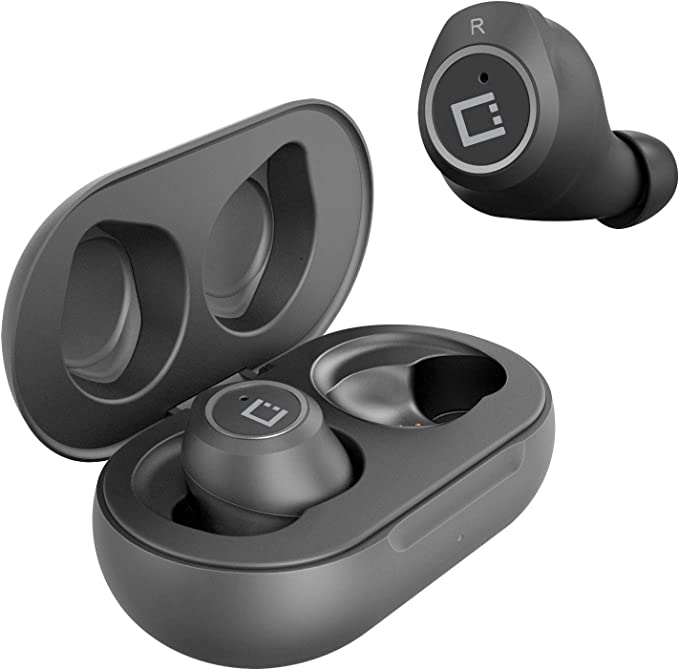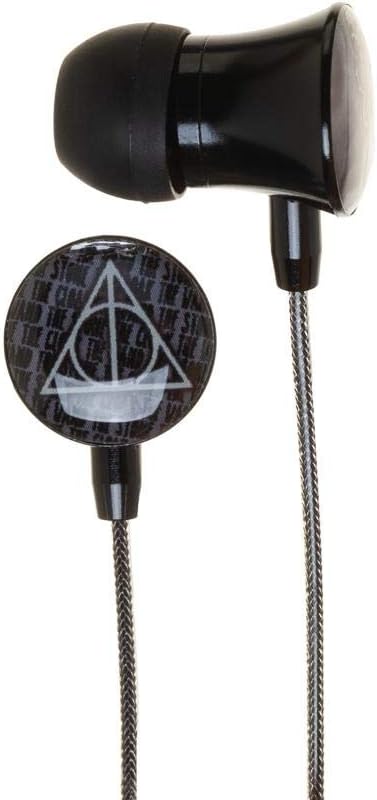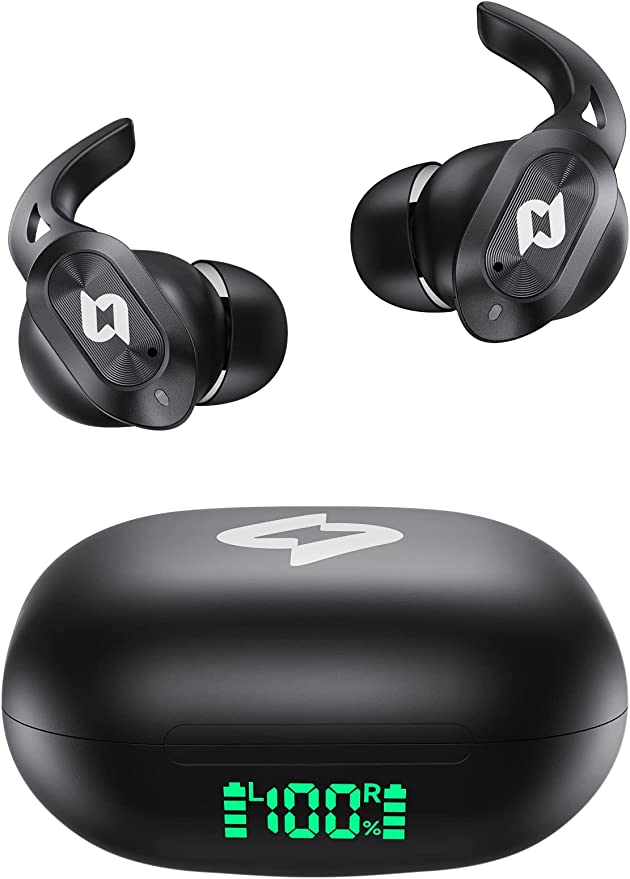JLab Go Air Sport Wireless Earbuds: Your Ultimate Workout Companion
Update on March 20, 2025, 4:28 p.m.
The world of personal audio has undergone a dramatic transformation. What began with bulky headphones tethered to stationary devices has evolved into a universe of sleek, wireless earbuds that accompany us everywhere – especially during our workouts. This shift hasn’t just been about convenience; it’s been driven by breakthroughs in science and engineering that have fundamentally changed how we experience sound.
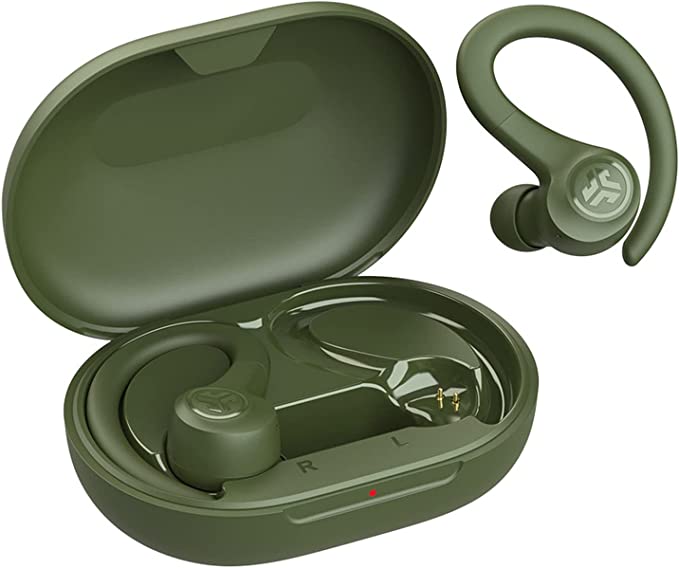
The Challenge of Sound on the Move: Why Traditional Earbuds Fail During Workouts
Think back to the days of wired earbuds during exercise. The flapping cord, the constant tugging, the inevitable yanking out of your ears at the most inopportune moment – it was a recipe for frustration. Traditional earbuds, designed primarily for stationary listening, simply weren’t built for the dynamic movements of a workout. Their weight distribution, lack of secure fit, and vulnerability to sweat made them more of a hindrance than a help.
Bluetooth Unleashed: The Wireless Revolution in Audio
The key to untethering ourselves from our devices was Bluetooth, a wireless technology that uses short-range radio waves to transmit data. Instead of relying on physical cables, Bluetooth creates a personal area network (PAN) between your earbuds and your phone or other audio source.
-
A Brief History of Bluetooth: The name “Bluetooth” actually comes from a 10th-century Danish king, Harald Bluetooth, who united warring tribes. Similarly, Bluetooth technology was designed to unite different communication protocols. From its inception in the late 1990s, Bluetooth has gone through numerous iterations, each improving speed, range, and power efficiency.
-
Decoding Bluetooth Versions: What 5.x Means for You: You’ll often see Bluetooth versions listed with numbers like 5.0, 5.1, or 5.2. These aren’t just arbitrary figures; they represent significant advancements. While the provided product information doesn’t specify the exact Bluetooth version of the JLab Go Air Sport, it’s highly likely to be 5.0 or higher. These newer versions offer improved connection stability, faster data transfer rates (which can improve audio quality), and lower power consumption, leading to longer battery life.
-
Codecs Demystified: The Secret to Wireless Sound Quality (SBC, AAC): Bluetooth doesn’t just transmit raw audio data; it uses codecs to compress and decompress the audio signal. Think of a codec like a translator, converting the digital audio file into a format suitable for wireless transmission and then back again. The JLab Go Air Sport likely uses common codecs like SBC (Subband Coding), which is universally supported, and possibly AAC (Advanced Audio Coding), which is favored by Apple devices and offers slightly better quality at similar bitrates.
Staying Put: The Science of Secure Fit
One of the biggest complaints about earbuds, especially during exercise, is that they simply won’t stay in. This is where the JLab Go Air Sport’s earhook design comes into play.
-
Ergonomics in Action: How Earhooks Work: The earhook isn’t just a random piece of plastic; it’s carefully engineered to leverage the anatomy of your ear. By wrapping around the outer ear (specifically, the helix and antihelix), the earhook provides a secure anchor point, distributing the weight of the earbud and preventing it from dislodging, even during vigorous movement. It’s a simple yet elegant application of biomechanics.
-
Beyond the Hook: Materials and Design for Comfort: Secure fit shouldn’t come at the expense of comfort. The Go Air Sport likely uses soft, flexible materials for the earhook and ear tips to minimize pressure points and ensure a comfortable fit, even during extended wear. The in-ear design itself also contributes to both stability and sound isolation.
IP55: Sweatproof
Jlab Go Air Sport is IP55 rated, this means it is dust and sweatproof.
Crystal-Clear Communication: Conquering Noise with C3 Calling
Wireless earbuds aren’t just for listening to music; they’re often used for taking calls on the go. But noisy environments – gyms, busy streets, windy parks – can make phone conversations a struggle. This is where JLab’s C3 Calling technology steps in.
-
The Challenge of Noise: Why Background Sounds Ruin Calls: When you’re on a call, your microphone picks up not only your voice but also all the surrounding sounds. These unwanted sounds, known as noise, can make it difficult for the person on the other end to hear you clearly.
-
Microphone Magic: How C3 Calling Isolates Your Voice: C3 Calling likely employs a combination of multiple microphones and digital signal processing (DSP) to tackle this problem. The microphones, strategically placed on the earbuds, capture both your voice and the ambient noise.
-
Digital Signal Processing (DSP): The Brains Behind the Clarity: This is where the real magic happens. DSP algorithms analyze the signals from the microphones, distinguishing between your voice and the background noise. These algorithms use sophisticated techniques, potentially including:
- Beamforming: This technique focuses the microphones’ sensitivity in the direction of your voice, effectively creating a “beam” of audio pickup while suppressing sounds from other directions.
- Noise Suppression: Algorithms identify and reduce consistent background noises, like the hum of an air conditioner or the drone of traffic.
- Echo Cancellation: This prevents your voice from being picked up by the microphone and re-transmitted to the other caller, creating an annoying echo.
The result is a significantly cleaner audio signal, allowing your voice to be heard clearly, even in challenging environments.
Power Play: Unlocking Extended Battery Life
One of the biggest concerns with wireless earbuds is battery life. Nobody wants their music to cut out mid-workout or their call to drop because their earbuds ran out of juice. The JLab Go Air Sport addresses this with an impressive 32+ hours of total playtime.
-
The Lithium-Ion Revolution: Powering Portable Audio: The key to this long battery life is the use of lithium-ion batteries. These batteries are incredibly energy-dense, meaning they can store a lot of power in a small space. They’re also rechargeable, making them ideal for portable devices.
-
Charging Cases: Your Mobile Power Source: The Go Air Sport, like many wireless earbuds, comes with a charging case. This case doesn’t just protect the earbuds; it also contains its own battery, acting as a portable power bank. When you place the earbuds in the case, they automatically begin to recharge. The 32+ hours of playtime likely refers to the combined battery life of the earbuds themselves and the additional charges provided by the case.
-
Efficiency Matters: How Bluetooth and Design Impact Battery Life: The efficiency of the Bluetooth connection and the overall design of the earbuds also play a crucial role. Newer Bluetooth versions (like 5.0 and above) are designed to be more power-efficient, consuming less energy during transmission. The earbuds’ internal circuitry is also optimized to minimize power consumption.
Tailoring Your Sound: The Versatility of EQ
Everyone has different preferences when it comes to how their music sounds. Some prefer booming bass, while others prefer a more balanced or brighter sound. The JLab Go Air Sport offers three EQ (equalization) settings to cater to these different tastes.
-
What is EQ? Understanding Frequency Response: EQ is essentially a way to adjust the balance of different frequencies in an audio signal. Sound is made up of waves of different frequencies, from low (bass) to high (treble). An EQ allows you to boost or cut specific frequency ranges, shaping the overall sound signature.
-
JLab’s Sound Signatures: Finding Your Perfect Audio Profile: The Go Air Sport offers three preset EQ settings:
- JLab Signature: This is likely JLab’s custom-tuned sound profile, potentially offering a balanced sound with a slight emphasis on bass.
- Balanced: This setting likely aims for a more neutral sound, with no particular emphasis on any frequency range. This is often preferred for critical listening or for genres where accuracy is paramount.
- Bass Boost: As the name suggests, this setting boosts the low frequencies, providing a more powerful and impactful bass response. This is popular for genres like hip-hop, EDM, and pop.
By allowing users to choose between these different EQ settings, the Go Air Sport provides a degree of customization, letting users tailor the sound to their individual preferences and the type of music they’re listening to.
The Future of Wireless Audio: Where Do We Go From Here?
The JLab Go Air Sport represents a significant step forward in wireless audio technology, but the journey is far from over. Future advancements are likely to include: * Active noise cancellation. * Even Longer Battery Life: Continued improvements in battery technology and power efficiency will lead to even longer playtime. * Smarter Earbuds: Integration with AI assistants and smart features will become more common. * Personalized Audio: Earbuds may be able to automatically adjust their sound based on the user’s hearing profile and environment. * Lossless Audio: Advancements in Bluetooth codecs may eventually allow for the transmission of lossless audio, providing CD-quality sound without wires.
Conclusion
The JLab Go Air Sport is providing a better sport earbuds experience. It has long battery, secure fit, and sweatproof features.
